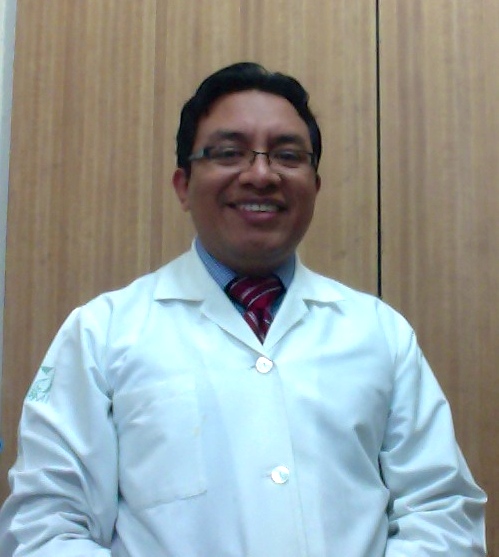
Considering that the Mexican mestizo population seems to be the result of a genetic admixture, we proposed that further research is needed to evaluate the role of ethnicity in conjunction with health-related factors to better understand ethnic differences in bone mineral density (BMD). The aim of this study was to analyze several risk factors related to the development of osteoporosis in postmenopausal Mexican mestizo women. We included 567 postmenopausal Mexican mestizo women. A structured questionnaire for risk factors was applied and BMD was measured in total hip and lumbar spine by dual-energy x-ray absorptiometry. Nonconditional logistic regression was used to estimate crude and adjusted odds ratio. Using World Health Organization criteria, 28.7% of postmenopausal women had osteoporosis, 46.4% had osteopenia, and 24.9% had normal BMD. Each clinical risk factor had a different significance for osteopenia/osteoporosis; however, duration of total breast-feeding, body mass index, and number of years since menopause remained significantly associated with osteopenia/osteoporosis after bone density was added to the nonconditional model. Interestingly, extended periods of accumulated breast-feeding for 24 and 36 months were, in both cases, significantly associated with osteopenia/osteoporosis. Our results confirm the importance of considering the duration of breast-feeding as an important risk factor for osteopenia/osteoporosis. In addition, we find that body mass index is positively associated with BMD. Because of the heterogeneity of the Mexican mestizo population, the risk factor for osteoporosis may not be the same in different ethnic groups.








